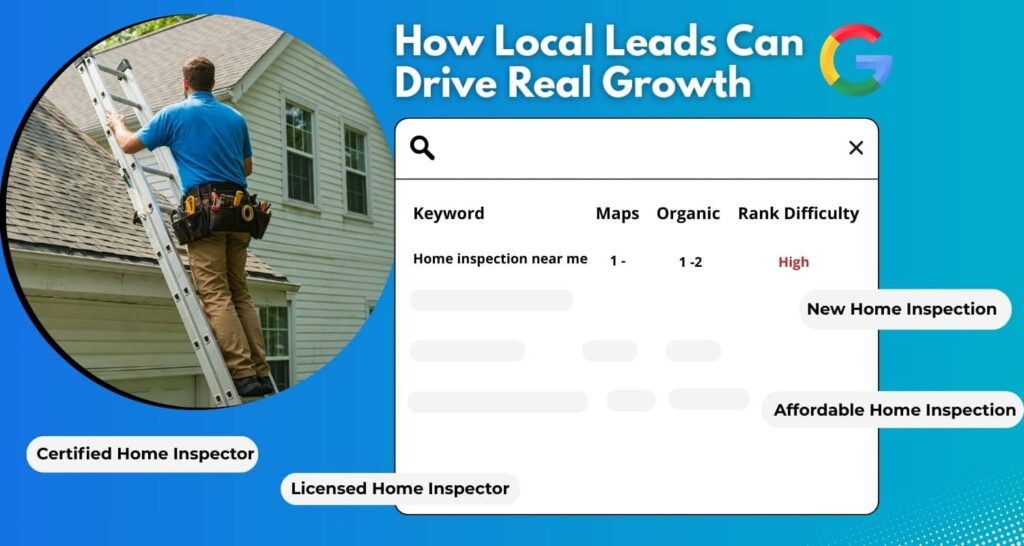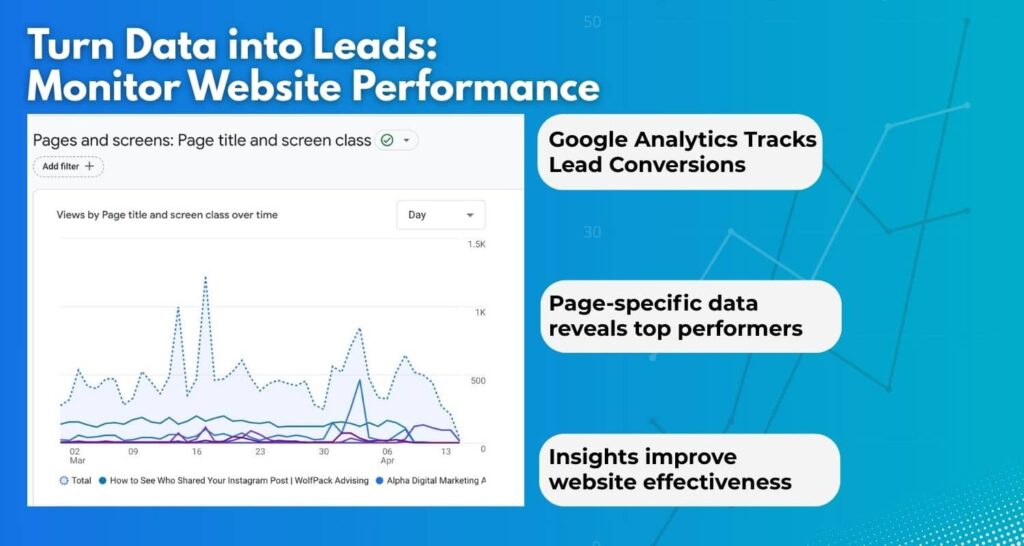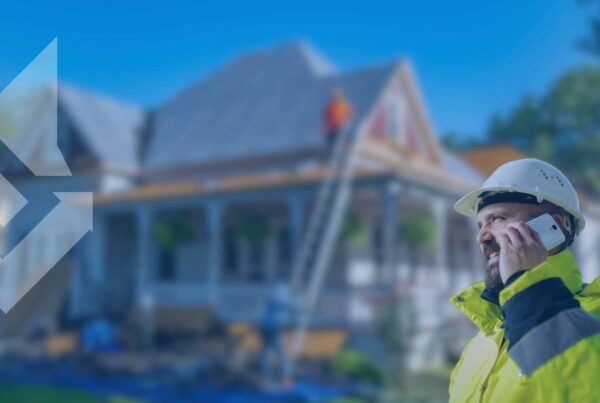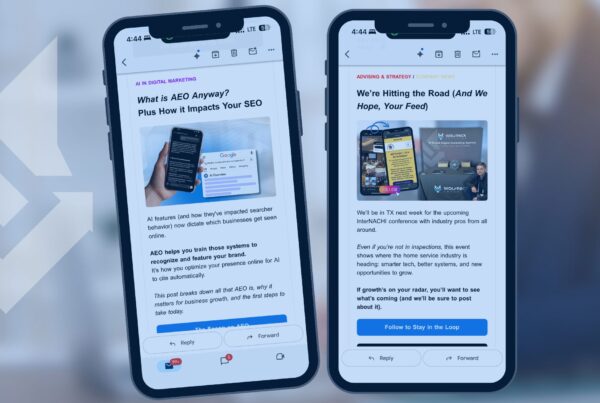Last updated on June 13th, 2025 at 11:25 am
If you’re a small business owner or service provider, attracting high-quality local leads is one of the fastest ways to grow your business. Whether you run a roofing company, law office, or dental practice, your next customer is likely searching for a provider near them, and if you’re not showing up in those local search results, you’re missing out.
In this guide, we’ll walk you through proven strategies to master local lead generation so you can stop relying on referrals alone and start building a predictable pipeline of local customers.
Contents
What Is Local Lead Generation?

Local lead generation is all about connecting with potential customers in your area. It means reaching out to nearby people who might need your services. Unlike national marketing, which casts a wide net, local lead generation zeroes in on the folks right around you. This approach ensures your business pops up when locals search for services, whether using Google Maps, service ads, or visiting your website.
Imagine a home cleaning company in Tampa, FL. They don’t just want any visitors to their site; they want local homeowners who need weekly cleaning. This is the strength of focusing on your local community.
Why Focus on Local Lead Generation?
- Targeted Reach: Connect with people more likely to become your customers.
- Cost-Effective: Spend less by focusing on a specific audience.
- Higher Conversion Rates: Local customers are often ready to buy.
- Boosts Local SEO: Improves your visibility in local search results, helping your business show up when nearby customers are looking for your services.
How to Get Started
- Optimize Your Website: Make sure your site is mobile-friendly and easy to navigate.
- Use Local SEO: Include location-specific keywords to help people find you.
- Engage on Social Media: Share local events and stories to connect with your community.
- Encourage Reviews: Positive reviews from local customers can boost your reputation.
By focusing on local lead generation, you can build a strong community presence and grow your business effectively.
5 High-Impact Local Lead Generation Tactics That Work
You don’t need a big budget to make a splash in your local market. These five strategies can boost your visibility and lead flow effectively.
1) Optimize Your Google Business Profile
Google Business Profile (formerly Google My Business) is a free tool that lets you manage how your business appears on Google Search and Maps.
Your Google Business Profile is often the first thing potential customers see. It appears in Google Maps and local search results.
Here’s how to make it shine:
- Double-check your Name, Address, and Phone Number (NAP) for accuracy. Consistency is key to ensuring customers can find you easily.
- Choose relevant categories like “Plumber” or “Real Estate Agency.” This helps Google understand your business and match you with the right searches.
- Post high-quality photos and regular updates. Visual content can engage potential customers and give them a sense of your offerings.
- Encourage happy customers to leave reviews and respond to each one. Engaging with reviews shows you value customer feedback and can improve your reputation.
Businesses with complete profiles get 70% more location visits and 50% more conversions, according to Google.

Photos play a crucial role in attracting potential customers to your Google Business Profile, which directly impacts your local lead generation efforts. For instance, a restaurant that showcases vibrant images of its dishes and a cozy interior is more likely to capture attention and earn clicks from hungry diners searching for a place to eat. Including a variety of photos, such as your products, completed projects, or the inside of your establishment, helps create a compelling and engaging profile that encourages customers to learn more about your business.
Not only that, but businesses with photos also see measurable benefits. According to Google, profiles with photos receive 42% more requests for directions and 35% more clicks through to their websites than those without photos.
2) Run Targeted Local Service Ads
Google Local Services Ads (LSAs) are a specialized form of paid advertising designed for service-based businesses to connect with local customers. These ads appear at the very top of Google search results when users search for relevant services, such as plumbing, HVAC repair, or legal assistance.
Unlike traditional pay-per-click (PPC) ads, LSAs operate on a pay-per-lead model, making them a cost-effective option for local lead generation. Businesses only pay when potential customers contact them through the ad. LSAs also feature trust-building elements like the “Google Guaranteed” or “Google Screened” badges, which enhance credibility and encourage customer engagement.
LSAs are cost-effective because you only pay for verified leads, not clicks or impressions. To maximize their value:
- Set a realistic budget: Start with a budget that aligns with your lead goals and adjust based on performance.
- Optimize your profile: Ensure your business profile is complete, accurate, and includes high-quality photos to attract potential customers.
- Encourage reviews: Positive reviews boost your ad ranking and customer trust. Actively ask satisfied clients for feedback and respond promptly to all reviews.
- Refine your service area: Target specific locations where you can deliver the best service to avoid wasting budget on irrelevant leads.
- Respond quickly to leads: Timely response times improve conversion rates and help secure more business opportunities.
3) Leverage Local SEO on Your Website
Your website still plays a huge role in local lead generation—if it’s optimized properly. Here’s how to enhance your local SEO:
- Create City and Service-Specific Landing Pages
- Build dedicated landing pages such as “Pest Control in Naples, FL” to target local searches and connect with nearby customers. Use localized URLs (e.g., www.example.com/service/location) and include essential details like your address, phone number, and an embedded Google Map. These pages are key to improving visibility and generating local leads.
- Implement Schema Markup
- Enhance your website with local business schema markup to provide search engines with structured data about your business, such as name, address, phone number, hours, and geolocation. This helps search engines better understand your content, improves visibility in search results, and supports local lead generation by making it easier for customers to find you.
- Write Locally Relevant Content
- Create unique content that supports local lead generation by incorporating local keywords naturally (e.g., “best pest control services in Naples” or “how to handle Florida termites”). Include locally focused blog posts, service descriptions, and FAQs that address customer needs in specific areas. Highlighting local testimonials or case studies can further build trust and authority, driving more local leads.
- Optimize Technical SEO
- Support your content strategies with technical SEO improvements to enhance user experience and rankings:
- Mobile optimization: Ensure your site is responsive and loads quickly on mobile devices since most local searches are done on smartphones.
- Internal linking: Use keyword-rich anchor text to link service pages, creating a logical structure that improves navigation and boosts SEO performance for local lead generation.
- Page speed: Compress images, enable caching, and reduce unnecessary code to improve loading times on all devices.
- Support your content strategies with technical SEO improvements to enhance user experience and rankings:
Pair these tactics with strong internal linking and fast mobile loading, and you’ll see improved rankings—and more leads.
4) Get Listed in High-Authority Local Directories
Directories still matter—especially when they have domain authority and visibility in your niche. Being listed on the right platforms can significantly enhance your local search rankings and connect you with potential customers.
Must-have listings include:
- Yelp: A trusted platform for reviews that boosts visibility and credibility for local businesses.
- Nextdoor: A neighborhood-focused platform ideal for connecting with nearby customers.
- Angi (formerly Angie’s List): Perfect for service-based businesses looking to generate qualified local leads.
- Local Chambers of Commerce: These listings build trust and help establish your business as part of the community.
- Industry-Specific Platforms: Depending on your niche, platforms like Houzz (for home services) or Avvo (for legal services) can drive targeted traffic and generate high-quality leads.
Make sure your NAP info is consistent across every listing. Inconsistencies can hurt your local rankings.
5) Build Strategic Partnerships in Your Community
While much of local lead generation happens online, forming strategic partnerships within your community is a powerful and often overlooked tactic for driving leads. Collaborating with complementary businesses allows you to tap into new audiences, leverage built-in trust, and generate high-quality referrals that convert quickly.
Here are some examples:
- Roofer + Solar Panel Installer: A roofer teams up with a solar panel installer to offer bundled services and joint marketing campaigns, reaching homeowners looking for energy-efficient upgrades.
- Accountant + Financial Advisor: A local accountant refers clients to a trusted financial advisor, creating a mutually beneficial relationship that helps both businesses grow their client base.
- Wellness Clinic + Yoga Studio: A wellness clinic collaborates with nearby yoga studios to host community events, such as health workshops or fitness classes, attracting health-conscious individuals in the area.
These partnerships support local lead generation by building on existing trust, as customers are more likely to trust referrals from businesses they already know and respect. This trust accelerates the conversion process and helps establish long-term relationships with new clients.
Common Local Lead Generation Mistakes to Avoid
When it comes to local lead generation, even small missteps can hinder your ability to attract and convert potential customers. Avoiding these common mistakes will help you refine your strategy and maximize results.
1) Relying Too Much on Social Media Without a Clear Plan
Social media is a powerful tool for local lead generation, but without a well-defined content strategy or targeted approach, it can fall short of generating meaningful leads. Simply posting sporadically or sharing generic content won’t resonate with your audience. Instead:
- Develop a clear content plan tailored to your local audience.
- Use targeted ads to reach specific demographics in your area.
- Engage consistently by responding to comments and messages promptly.
2) Neglecting Mobile Optimization
With most local searches happening on mobile devices, having a mobile-friendly website is non-negotiable. A site that’s hard to navigate on a smartphone can drive potential leads away. To stay competitive:
- Ensure your website is responsive and adapts seamlessly to all screen sizes.
- Optimize page load speeds by compressing images and minimizing code.
- Simplify navigation and forms for an easy user experience on mobile devices.
3) Delayed Responses to Reviews and Leads
Timely engagement is crucial for building trust and converting leads. Ignoring reviews or taking too long to respond to inquiries can send the wrong message about your customer service. Best practices include:
- Responding to Google reviews—both positive and negative—within 24 hours.
- Following up with leads promptly, as quick replies increase conversion rates.
4) Using Generic Website Content That Lacks Local Relevance
Your website should support local lead generation by clearly communicating that you’re a local business ready to meet specific community needs. Using generic content that doesn’t highlight your service area can make you seem irrelevant to potential customers searching for local solutions. Fix this by:
- Including location-specific keywords naturally in your content (e.g., “plumbing services in Austin, TX”).
- Creating pages dedicated to each city or neighborhood you serve.
- Adding testimonials or case studies from local clients to build trust and relevance.
5) Ignoring the Importance of Consistent NAP Information
Inconsistent Name, Address, and Phone Number (NAP) details across directories, social media, and your website can confuse search engines and hurt your local rankings. Double-check that your NAP information is uniform everywhere it appears online.
How to Track and Measure Your Local Lead Generation Success
If you’re not measuring your efforts, you’re guessing—and guessing won’t help you grow. Tracking and analyzing your local lead generation performance is essential for understanding what works, optimizing campaigns, and driving better results.
1) Use Google Business Profile Insights
Google Business Profile (GBP) provides valuable metrics like views, calls, and direction requests. These insights show how customers interact with your profile and help identify trends in local searches. For example:
- Track the number of calls generated from your GBP listing.
- Monitor how often users request directions to your location.
These metrics give you a snapshot of your visibility and engagement, helping you adjust strategies to attract more leads.
Understanding how customers interact with your Google Business Profile helps identify local search trends and refine your lead generation strategy.
2) Install Call Tracking Tools
Call tracking software like CallRail allows you to attribute phone calls to specific marketing efforts, such as ads or GBP listings. This tool helps identify which campaigns drive the most leads and ensures you’re investing in the right channels.
3) Monitor Website Performance with Google Analytics

Google Analytics is a must-have for tracking website traffic and lead conversions. Key metrics include:
- Form submissions: Measure how many visitors complete contact forms or schedule appointments.
- Page performance: Identify which pages attract the most traffic and leads, like service-specific landing pages optimized for local keywords (e.g., “plumber in Naples”).
These insights help refine your website’s structure and content for better lead generation results.
4) Track Keyword Rankings for Local Terms
Local SEO plays a major role in local lead generation, so monitoring keyword rankings is crucial. Tools like SEMrush or BrightLocal can help track terms like “best dentist near me” or “AC repair in Orlando.” Ranking higher for these keywords increases visibility among local customers actively searching for services in your area.
5) Set Clear KPIs to Measure Success
Defining key performance indicators (KPIs) ensures you’re measuring the right metrics for success:
- Lead volume: Track the number of inquiries or calls generated by campaigns.
- Conversion rates: Measure the percentage of leads that turn into paying customers.
- Cost per lead (CPL): Calculate your spending to acquire each lead and optimize your budget accordingly.
6) Continuously Refine Your Strategy
Tracking isn’t a one-time task—it’s an ongoing process. Regularly analyze data to identify trends and make adjustments:
- Test different ad copy or images to improve click-through rates.
- Experiment with A/B testing on landing pages to boost conversions.
Conclusion
Mastering local lead generation isn’t about gimmicks—it’s about creating genuine connections with people in your area who need what you offer. From optimizing your Google Business Profile to forming partnerships within your community, every step helps build a stronger, more visible presence where it counts most: close to home.
Wolfpack Advising is here to help. Whether you’re just getting started or looking to take your local marketing to the next level, we’ll work with you to create a plan that delivers results. Let’s grow your business together.






